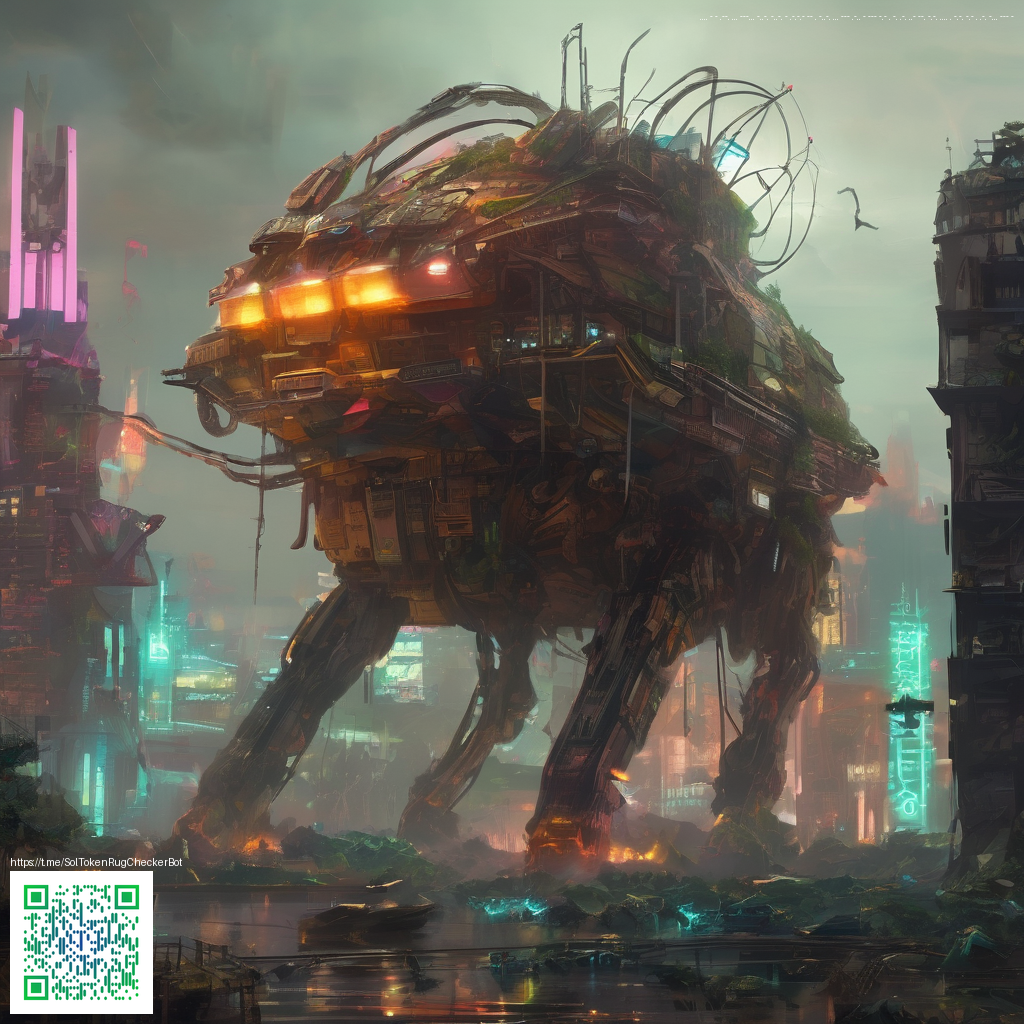
Image credit: X-05.com
How I Used Squarespace Blueprint AI to Design a Website
In this article, I explore how Squarespace Blueprint AI accelerated the process of turning a brand brief into a live website. The aim was to blend rigorous design logic with human nuance, producing a site that feels intentional rather than opportunistic. Blueprint AI sits at the nexus of automation and design intelligence, offering a starting point that aligns content, visuals, and user flow with a defined brand identity. The result is not a final, robotic replica, but a credible scaffold you can refine and expand as needs evolve.
Understanding Blueprint AI within Squarespace’s Design Intelligence
Blueprint AI is part of Squarespace’s Design Intelligence suite. It reads your brand or business information and generates a bespoke starting point for your site—matching initial content, styling, and visitor functionality. This is complemented by Designer Templates with Style Previews, which let you experiment with typography, color, and layout before committing to a specific design. Additionally, the integration of Brand Identity creation and AI content generation helps ensure that visuals and copy stay on-brand from the outset. The overarching idea is to reduce guesswork and accelerate a coherent, on-brand website launch.
- Smart starter points: The AI interprets brand prompts to produce a cohesive initial layout tailored to your business goals.
- Consistent styling: Style previews help you validate typography, color, and spacing across pages in one glance.
- Content generation: AI drafting of hero copy, feature descriptions, and metadata speeds up initial content creation.
- Design exploration: Quick palette and layout experiments keep you in control without heavy redevelopment.
From Brand Brief to Live Site: A Practical Workflow
Turning a brand brief into a live site using Blueprint AI follows a repeatable, disciplined sequence. Start with a crisp brief: your brand statement, target audience, and the core pages you intend to publish. Feed this into Blueprint AI to generate a starting point for layout, hero imagery, and navigation. Use Designer Templates with Style Previews to test at least three aesthetic directions, comparing readability, accessibility, and mobile performance. Then apply AI-generated copy for hero statements, service descriptions, and microcopy. Finally, validate with real users and performance data, iterating on headings, tone, and structure as needed.
In practice, this approach yielded a clean, responsive site with a confident hierarchy and streamlined navigation. The AI suggested a bold hero section and concise section headers, while the style previews allowed rapid swaps between palettes to locate a visually cohesive identity. The AI-generated copy provided solid starting points that I refined for nuance and localization. The end result is a site that feels deliberate—built on a framework that supports iteration rather than lock-in to a single template.
Balancing Automation with Human Judgment
Blueprint AI excels at providing repeatable patterns and a consistent voice, but human oversight remains essential. I treated the process as a collaboration: the AI offered options, and I selected the elements that resonated with real user needs. I complemented the design with quick usability checks, ensuring keyboard accessibility, proper ARIA labeling, and readable contrast ratios. The objective was to preserve craftsmanship while leveraging automation to handle repetitive decisions, freeing time for storytelling, product clarity, and user empathy.
Integrating the Brand Experience with a Tangible Product
Brand experience extends beyond typography and color; it encompasses the narrative surrounding your offerings. In this design flow, I connected the site’s visual language to a tangible context—an understated desk aesthetic that pairs with a neon mouse pad for a cohesive work-from-home or studio vibe. The product in focus is the CUSTOM NEON MOUSE PAD 9-3X7-8 IN NON-SLIP DESK PAD, which serves as a tactile anchor within the site’s storytelling. By aligning product visuals, copy, and layout, the site reinforces brand personality across digital and physical touchpoints.
Lessons and Best Practices
- Define brand parameters clearly: voice, audience, and goals, then let Blueprint AI propose starting points anchored to these specifics.
- Leverage Style Previews early and test multiple palettes to ensure accessibility and readability across devices.
- Review AI-generated copy for tone, accuracy, and localization; publish only after thoughtful edits.
- Combine AI-driven templates with custom content to avoid a generic feel and preserve authenticity.
- Iterate with data: monitor performance metrics, user feedback, and accessibility signals to guide refinement.
Blueprint AI acts as a design accelerator that translates a brand brief into a coherent, testable site framework. It supports, rather than replaces, human nuance in content strategy, usability decisions, and visual storytelling.
Enhance your workstation while you bring your site to life. If you’re in the market for a small, stylish upgrade, consider the neon desk pad below as a complementary brand touchpoint.
CUSTOM NEON MOUSE PAD 9-3X7-8 IN NON-SLIP DESK PADImage credit: X-05.com
Source Credits
Sources: Starting a Website with Squarespace Blueprint AI, Design Intelligence: Generative AI Tools.